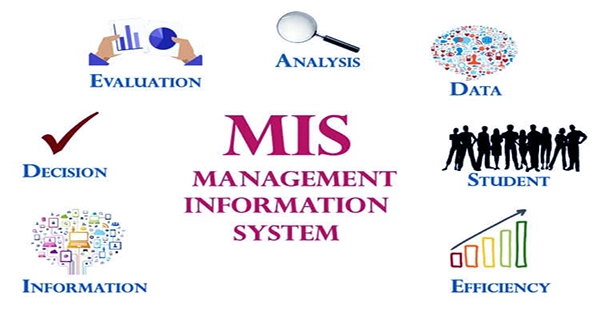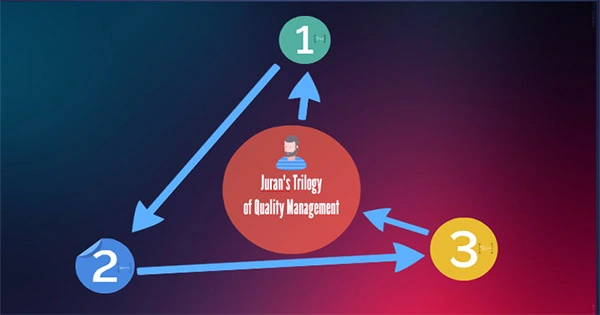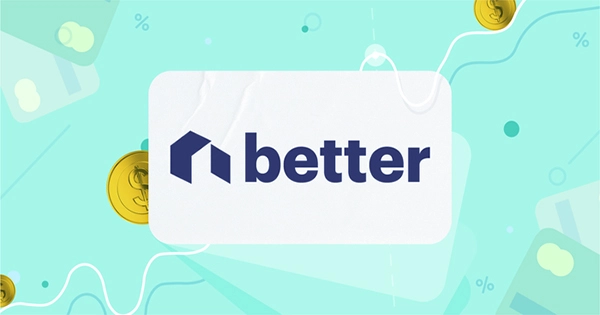Before making an investment in a Management Information System (MIS), a company must carefully weigh the advantages, downsides, and relevance of the system. Whether to invest in the project or not, organizations should weigh the benefits and drawbacks of automated management information systems.
Advantages of MIS: Managers can get a quick overview of the organization via a management information system. These facts can be used by them to compete in the market. Owners of businesses can take action quickly. Additionally, they can improve internal communication inside the business. The company’s management of its various sections has improved, and internal coordination has improved as well.
Because all previous experiences and client feedback are taken into account, the quality of the items also improves. In the business, choices are taken promptly.
Managers are given well-organized information that can help the business function better. This kind of information is constantly accessible and relevant because it is saved in digital form. MIS handles employment creation in the firm more effectively.
The management information system is crucial for the management of human resources since it makes it possible for the HRM department to interact with staff members, handle payroll, and maintain personnel records. The usage of MIS also makes it possible to save data digitally. Through automated dashboards, management information systems give rapid access to information resources, personnel reports, and management information.
Disadvantages of MIS: Setting up and maintaining a management information system is expensive. Managers and business owners must acquire the necessary abilities to use MIS. As time goes on, new tools are developed, necessitating upgrading with current trends. Another issue with MIS is system upgrades, which need additional costs and people.
Due to MIS’s online connectivity, third parties also engage in hacking. Sensitive information, such as consumer credit card information, has occasionally been stolen.
If the organization gathers unhelpful data, the information it produces will be useless and a waste of time and resources.
Another weakness of this method is that MIS relies on quantitative data rather than high-quality data. Since this structure is ineffective, the top management team might be replaced at any time and the new team could modify corporate policy, which would have an impact on general business choices and employee interactions.
















